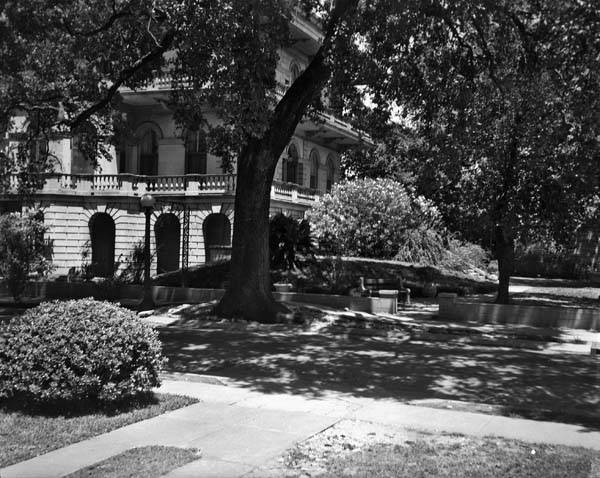|
Today in New Orleans History |
|
|
June 11



 

To receive an update for each day in New Orleans
history, join our facebook page
- Today in New Orleans History
Tweet
Clarence Ray Nagin, Jr. (born June 11, 1956), also known as C. Ray Nagin, is an American
consultant, entrepreneur, author, and public speaker who from 2002 to 2010 was the 60th mayor of New Orleans, Louisiana. He
became internationally known in 2005 in the aftermath of Hurricane Katrina, which devastated the New Orleans area. Nagin was
first elected in March 2002 and received significant crossover vote from just about every segment of the population. He was
re-elected in 2006 even though the election was held with at least two-thirds of New Orleans citizens still displaced after
Katrina struck. He was term limited by law and left office on May 3, 2010. After leaving office, Nagin founded CRN Initiatives
LLC, a firm that focuses on emergency preparedness, green energy product development, publishing and public speaking. He
wrote and self-published his first book, Katrina Secrets: Storms after the Storms which gives a first-hand account of how
New Orleans overcame the effects of Hurricane Katrina. On January 18, 2013, Nagin was indicted on 21 corruption charges, including
wire fraud, bribery, and money laundering related to his alleged dealings with two troubled city vendors following Hurricane
Katrina disaster. On February 20, 2013, Nagin pleaded not guilty in federal court to all charges. He was found guilty
of all but one. The World Colored Welterweight Championship title was awarded to Black fighters before professional
boxing was racially integrated. On 26 July 1936, Herbert Lewis Hardwick ("The Cocoa Kid") met Young Peter
Jackson at Heinemann Park in New Orleans in a 10-round title bout refereed by Harry Wills, the former three-time World Colored
Heavyweight Champ. The Cocoa Kid won via a technical knock-out in the second round. He made four defenses of the title. On
September 22, 1936 at the same venue, he defeated Jackie Elverillo on points in 10 rounds. On June 11, 1937,
at the Coliseum Arena in New Orleans, The Kid fought his old nemesis Holman Williams, prevailing in a close fight, winning
a decision in the 12-rounder. Ring Magazine had donated a championship belt for the bout.
|
|
|

To receive an update for each day in New Orleans history,
join our facebook page - Today in New
Orleans History.
Analytics |


